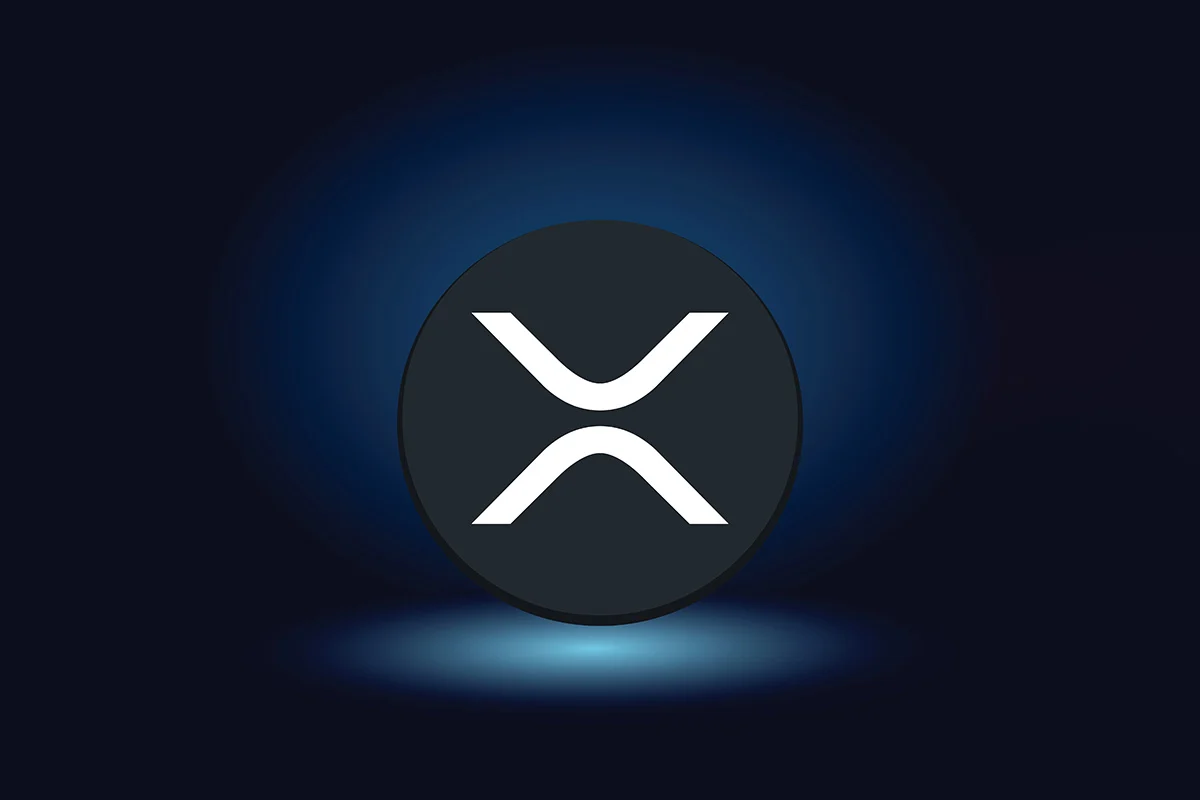The Curve Finance decentralized autonomous organization (DAO) is voting on a proposal that could open up new income streams for the protocol and its ecosystem.
The proposal, introduced in August by founder Michael Egorov, would establish a $60 million credit line of crvUSD for Yield Basis. Voting began on Wednesday, with 97% of votes cast in support of the proposal at the time of writing.
Under the Yield Basis, holders of CRV who stake their tokens would receive veCRV (vote-escrowed CRV) in return, essentially creating income for stakers. Yield Basis would return between 35% and 65% of its value to holders of veCRV, while an additional 25% would be reserved for the ecosystem.
Current voting for the $60 million credit line proposal. Source: Curve FinanceEgorov said the credit line would be enough to create pools for three assets: WBTC (WBTC), cbBTC (cbBTC) and tBTC (tBTC).
“In order to get more incentives for Curve ecosystem as well as to pay a fee for having Curve technology (cryptopools) powering its core, Yield Basis makes an allocation equal to 25% of YB which Yield Basis liquidity providers are getting to Curve,” Egorov wrote in the proposal.
The Yield Basis is said to tackle the problem of impermanent loss by borrowing and making a supply sink at the same time. “Therefore, TVL and debt in Yield Basis can scale up to any size without affecting crvUSD peg negatively,” Egorov said.
Impermanent loss occurs when the value of digital assets deposited in a liquidity pool falls more than if the assets were held outside the liquidity pool. It can happen due to liquidity pool rebalancing and other factors.
Curve Finance is a player in decentralized finance and had a $2.4 billion total value locked (TVL) as of Thursday, according to DefiLlama. However, that TVL has dropped considerably since January 2022, when it peaked at around $24.2 billion.
The protocol has struggled against attackers, suffering multiple domain name service (DNS) attacks and the appearance of a fake Curve Finance app.
Related: Curve founder repays 93% of $10M bad debt stemming from liquidation
DeFi rises in 2025
As a sector of crypto, decentralized finance has been rising in 2025 after a significant lull period between mid-2022 and most of 2023.
Across all protocols, TVL, a measure of DeFi health, had risen to $163.2 billion on Thursday, up from $115.8 billion on Jan. 1, 2025. That’s a rise of 40.9% in almost nine months.
Aave, a DeFi protocol with $42.5 billion in TVL, has been making moves in the space. In August, it went live in the Aptos ecosystem, a blockchain with few competitors to the DeFi giant. Aave is also working on a new version set to go live in the coming months.
Ethena has also experienced momentum, with its synthetic stablecoin receiving attention after the GENIUS Act was passed in the United States. It crossed $500 million in revenue in August 2025.
Magazine: Pakistan will deploy Bitcoin reserve in DeFi for yield, says Bilal Bin Saqib
Source: https://cointelegraph.com/news/curve-finance-community-vote-proposal-crv-yield-bearing-asset?utm_source=rss_feed&utm_medium=feed&utm_campaign=rss_partner_inbound


